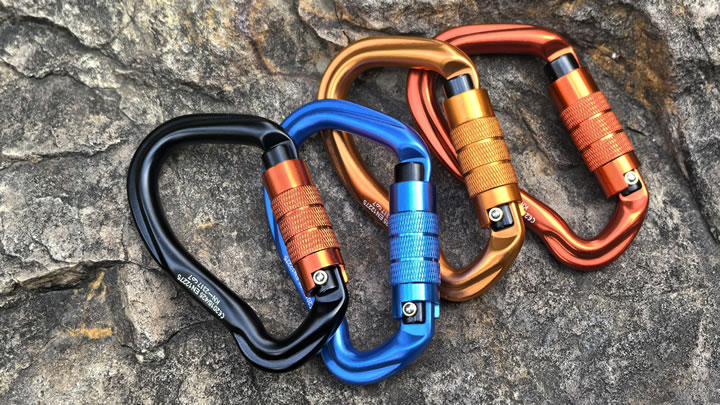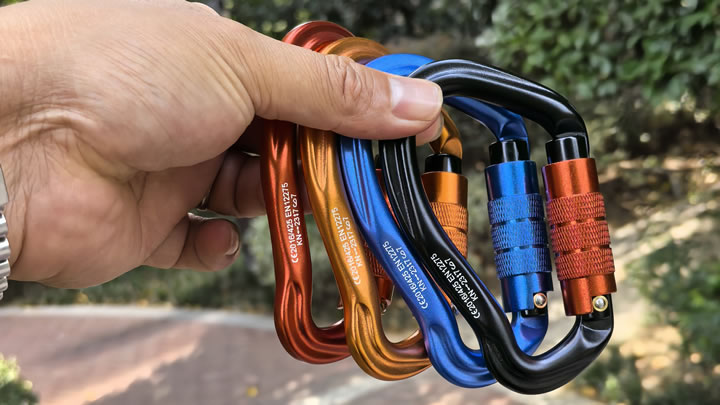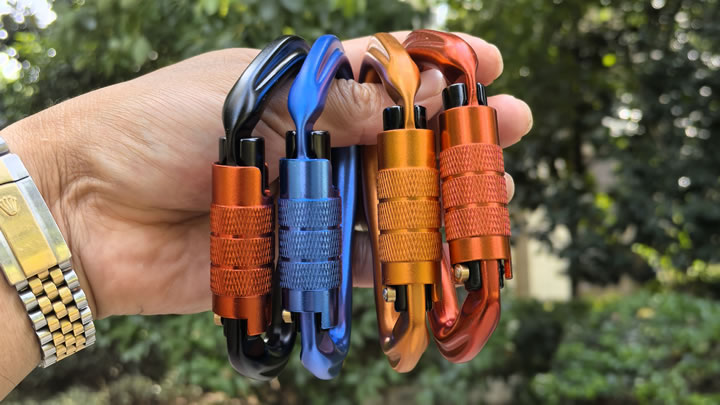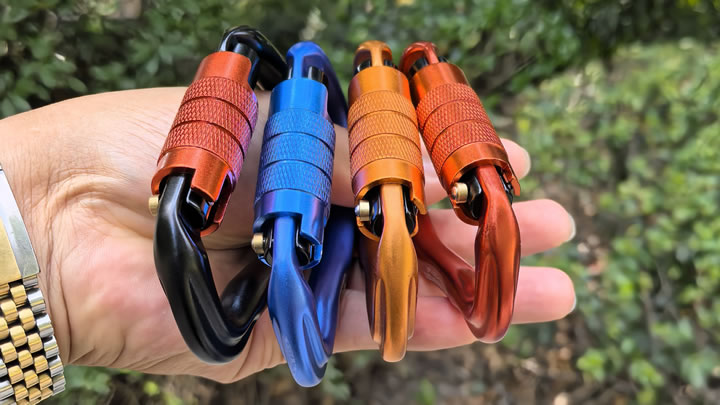Lightning safety while hiking above treeline?
Hiking above treeline offers breathtaking views but exposes you to one of nature’s deadliest threats: lightning. With no trees for relative shelter, you become the tallest object on an exposed ridge or summit. A single strike can deliver 300 million volts and temperatures hotter than the sun. Here’s how to minimize risk and react if caught in a storm.
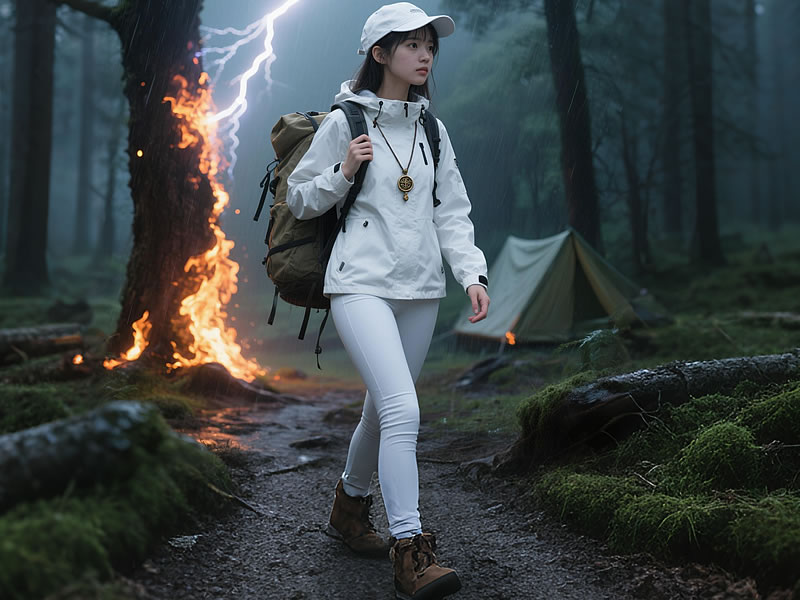
⚡ Why Alpine Zones Are Extremely Dangerous
- Vertical Exposure: Ridges, peaks, and open bowls elevate you into charged storm cells.
- Faster Storm Development: Mountain weather changes rapidly. Cumulus clouds can evolve into thunderstorms in under 30 minutes.
- Ground Current Spread: Lightning energy radiates through wet rock/snow, electrocuting anyone in contact.
- Nowhere to Hide: Lack of trees or depressions forces tough decisions.
🛡️ Prevention: Your Primary Defense
- Forecasts Are Non-NegotiableCheck hourly mountain-specific forecasts (NOAA, Mountain-Forecast.com).Note "CAPE" (Convective Available Potential Energy) values >1000 J/kg indicate high storm risk.
- Start Early, Summit by Noon70% of alpine strikes occur between 12–4 PM. Begin hikes at or before dawn.
- Continuous Environmental AwarenessWatch for:Towering cumulonimbus clouds (anvil-shaped tops).Sudden wind shifts or temperature drops.Audible static (crackling) or hair standing on end (imminent strike risk).
🚨 If Caught: Immediate Actions
Descend or Retreat
- DO NOT wait for thunder. If clouds darken or you feel static, move instantly.
- Priority: Get below treeline or into a deep valley (not a shallow gully!).
- Avoid:Summits, ridges, rocky outcrops.Water, metal objects (trekking poles, frame packs).Cave mouths (risk of ground current).
Trapped? Assume the Survival Position
- Crouch low on an insulated pad (sleeping pad, rock pack).
- Feet together (minimizes ground current path).
- Cover ears (reduce blast injury).
- Separate from others (100+ feet).
⏳ The 30-30 Rule Myth (And Why It Fails Above Treeline)
- Common advice: "Count seconds between lightning and thunder. If <30 sec, seek shelter."
- Reality in alpine zones: By the time thunder is audible, it’s often too late to descend. Storms move at 40+ mph. If you see lightning or feel static, act immediately—never wait for thunder.
⚒️ Gear That Can Save Your Life
- Weather Radio: NOAA alerts for real-time storm tracking.
- Insulated Pad: Critical for survival posture (foam > inflatable).
- Lightning Sensor: Devices like AcuRite detect electrostatic changes early.
🔬 Science Behind the Danger
- "F-Scale" Terrain Risk:F0: Gentle slopes (lowest risk)F3: Summits/knife-edges (highest risk)
- Step Voltage: When lightning hits ground, current spreads radially. Wide stance = greater voltage difference between feet = cardiac arrest.
💡 Key Takeaways
- Prevention beats reaction. Abandon summits at the first sign of risk.
- Never rely on the 30-30 rule above treeline.
- If trapped: Crouch, insulate, minimize contact, spread out.
- Hypothermia is a secondary killer. Use your emergency bivy after the storm passes.
"In the mountains, the difference between bravery and recklessness is measured in microseconds. Lightning doesn’t warn—it executes." — National Outdoor Leadership School (NOLS)
Bottom Line: Respect alpine storms with militant planning. Your summit photo isn’t worth your life. When thunder roars or static hums, get low, get small, and get moving.


